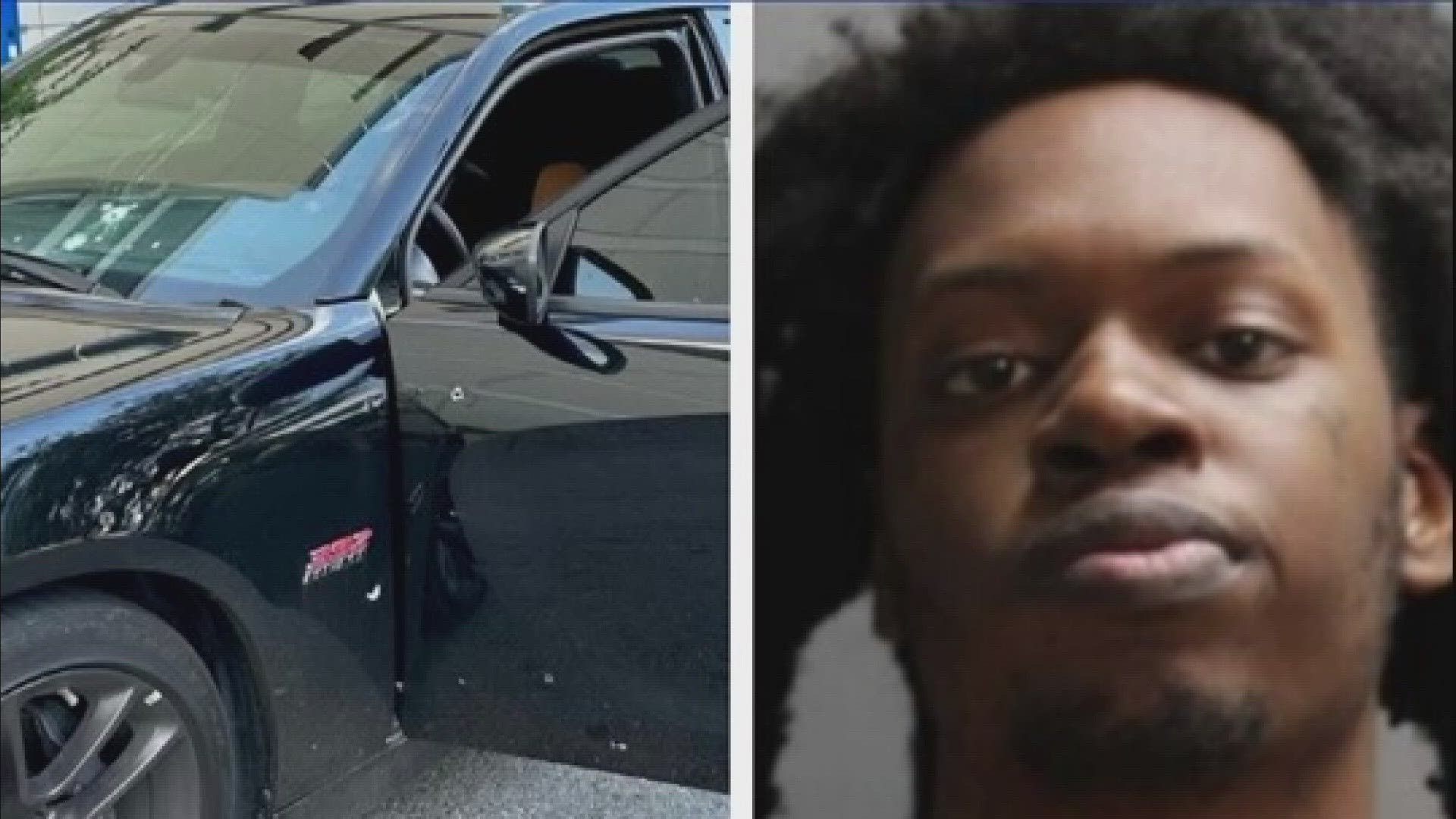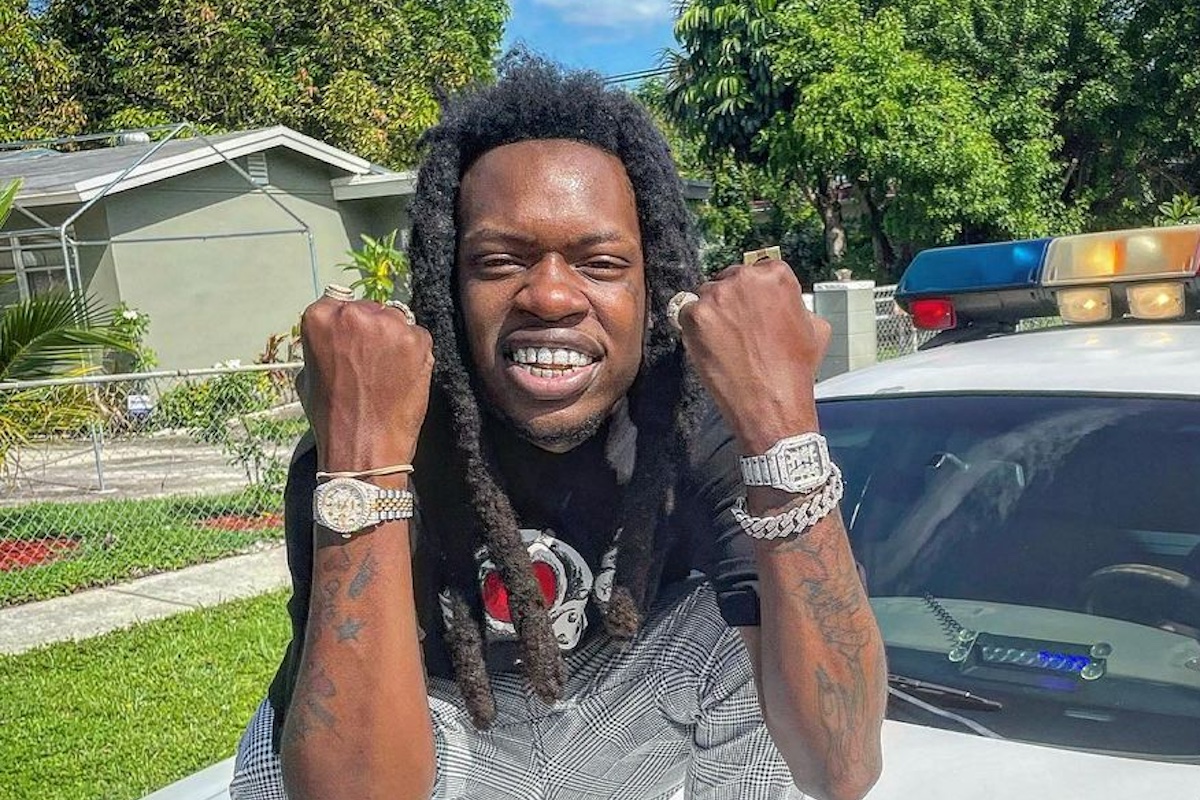Autopsy pictures have become a subject of significant interest in recent years, sparking debates about their use, ethical implications, and the role they play in forensic science, journalism, and public awareness. These images, often captured during post-mortem examinations, serve as critical evidence in investigations and legal proceedings. However, their dissemination raises concerns about privacy, dignity, and the potential for misuse.
In this article, we delve into the world of autopsy pictures, exploring their significance, controversies, and the ethical considerations surrounding their use. Whether you're a professional in the field of forensic science, a journalist seeking to understand the implications of using such images, or simply someone curious about this topic, this article will provide valuable insights.
By examining the role of autopsy pictures in various contexts, we aim to shed light on their importance while addressing the challenges they pose. This comprehensive guide will cover everything from the technical aspects of capturing these images to the ethical and legal frameworks governing their use.
Read also:Emmanuel Macron Brigitte Wedding A Celebration Of Love And Leadership
Understanding Autopsy Pictures: A Brief Overview
Autopsy pictures are photographs taken during a post-mortem examination, a procedure conducted to determine the cause of death. These images play a crucial role in forensic investigations, providing detailed visual documentation of the deceased's condition. The process involves meticulous documentation, ensuring that every aspect of the examination is recorded accurately.
Why Are Autopsy Pictures Important?
- Evidence Collection: Autopsy pictures serve as irrefutable evidence in criminal investigations and legal cases.
- Medical Research: These images contribute to advancements in medical science by aiding in the study of diseases and injuries.
- Training Purposes: Forensic professionals and medical students use autopsy pictures for educational purposes, enhancing their understanding of human anatomy and pathology.
Despite their importance, the use of autopsy pictures is not without controversy. Ethical and privacy concerns often arise when these images are shared beyond professional circles.
The Role of Autopsy Pictures in Forensic Science
Forensic science relies heavily on autopsy pictures to analyze and interpret findings from post-mortem examinations. These images help investigators identify injuries, determine the cause of death, and reconstruct the events leading up to it. The accuracy and detail captured in these photographs are essential for building a comprehensive case.
Techniques Used in Capturing Autopsy Pictures
Photographing during an autopsy requires specialized techniques to ensure clarity and accuracy. Forensic photographers use high-resolution cameras and specific lighting setups to capture detailed images of the deceased. These techniques ensure that every aspect of the examination is documented thoroughly.
- High-Resolution Cameras: Essential for capturing minute details.
- Proper Lighting: Ensures clarity and reduces shadows, enhancing the quality of the images.
- Standardized Angles: Photographs are taken from consistent angles to maintain uniformity and accuracy.
These techniques are critical in ensuring that autopsy pictures serve their intended purpose effectively.
Legal and Ethical Considerations
The use of autopsy pictures is governed by strict legal and ethical frameworks to protect the rights and dignity of the deceased and their families. Professionals in the field must adhere to these guidelines to avoid potential legal consequences and ethical breaches.
Read also:7movie Rulz Your Ultimate Guide To Movie Streaming And Downloads
Key Legal Regulations
- Data Protection Laws: Autopsy pictures are considered sensitive data and are subject to strict protection under laws such as GDPR in Europe and HIPAA in the United States.
- Privacy Rights: Families of the deceased have the right to privacy, and unauthorized sharing of autopsy pictures can lead to legal action.
- Consent: In certain cases, obtaining consent from the family is necessary before using autopsy pictures for research or educational purposes.
These regulations ensure that the use of autopsy pictures is respectful and responsible.
Controversies Surrounding Autopsy Pictures
While autopsy pictures are invaluable tools in forensic science, their use has sparked numerous controversies. The ethical implications of sharing these images, especially in the media, have been widely debated. The balance between public interest and individual privacy remains a challenging issue.
Media Use of Autopsy Pictures
Journalists often face dilemmas when deciding whether to publish autopsy pictures. While these images can provide critical context in news stories, they also risk violating the privacy and dignity of the deceased and their families. Responsible journalism requires careful consideration of the potential impact of such images.
- Public Interest vs. Privacy: Journalists must weigh the importance of informing the public against the need to respect privacy.
- Guidelines for Responsible Use: Media organizations have established guidelines to ensure that the use of autopsy pictures is ethical and respectful.
These guidelines help maintain journalistic integrity while addressing ethical concerns.
Impact on Families and Society
The impact of autopsy pictures extends beyond the professional realm, affecting families and society as a whole. The emotional toll on families who see images of their loved ones can be profound, leading to calls for stricter controls on their dissemination.
Emotional Effects on Families
- Grief and Trauma: Viewing autopsy pictures can exacerbate grief and trauma for families already dealing with the loss of a loved one.
- Right to Dignity: Families often advocate for the right to ensure that the deceased is treated with dignity and respect.
Society also plays a role in shaping the perception and acceptance of autopsy pictures, influencing how they are used and shared.
Advancements in Technology and Their Influence
Advancements in technology have significantly impacted the way autopsy pictures are captured, stored, and analyzed. Digital photography and imaging software have revolutionized the field, providing more accurate and detailed documentation.
Innovations in Digital Forensics
- Enhanced Imaging Techniques: Technologies such as 3D scanning and virtual autopsies offer alternative methods for documenting post-mortem findings.
- Data Storage and Security: Secure digital platforms ensure that autopsy pictures are stored safely and accessed only by authorized personnel.
These innovations improve the accuracy and reliability of forensic investigations while addressing concerns about data security and privacy.
Future Trends in the Use of Autopsy Pictures
As technology continues to evolve, the future of autopsy pictures looks promising. Emerging trends in digital forensics and artificial intelligence are set to transform the field, offering new possibilities for analysis and interpretation.
Potential Applications
- Artificial Intelligence Analysis: AI algorithms can analyze autopsy pictures to identify patterns and anomalies that may be missed by human analysts.
- Virtual Reality Training: VR platforms can simulate autopsy scenarios, providing immersive training experiences for forensic professionals.
These advancements will enhance the capabilities of forensic science while ensuring ethical and responsible use of autopsy pictures.
Conclusion: The Importance of Responsible Use
In conclusion, autopsy pictures play a vital role in forensic science, journalism, and public awareness. However, their use must be guided by ethical considerations and legal frameworks to protect the rights and dignity of the deceased and their families. By understanding the significance and challenges associated with autopsy pictures, we can ensure their responsible use in various contexts.
We invite you to share your thoughts and experiences in the comments section below. Your feedback is invaluable in helping us improve and expand our coverage of this important topic. Additionally, feel free to explore other articles on our site for more insights into forensic science and related fields.
Table of Contents
- Understanding Autopsy Pictures: A Brief Overview
- The Role of Autopsy Pictures in Forensic Science
- Legal and Ethical Considerations
- Controversies Surrounding Autopsy Pictures
- Impact on Families and Society
- Advancements in Technology and Their Influence
- Future Trends in the Use of Autopsy Pictures
- Conclusion: The Importance of Responsible Use
References:
- World Health Organization (WHO). (2022). Guidelines for the Use of Autopsy Pictures.
- International Association of Forensic Sciences. (2021). Best Practices in Forensic Photography.
- Journal of Forensic Sciences. (2023). Ethical Considerations in the Use of Autopsy Images.


